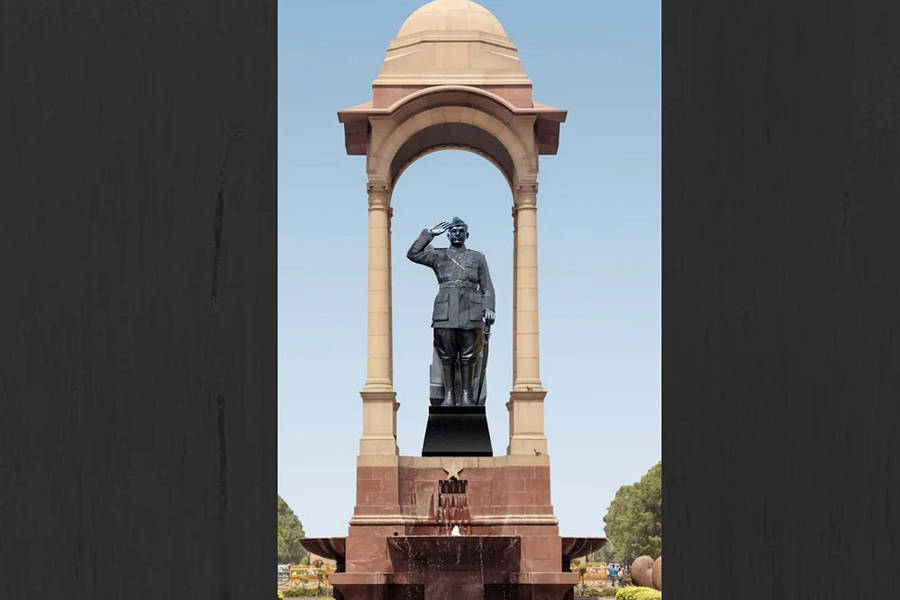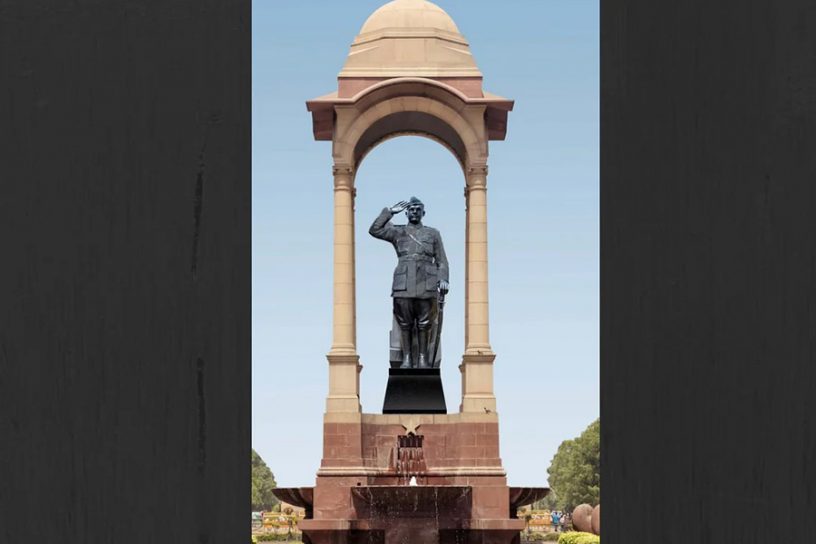
While the styles of memorials from the pre-independent era served to impose colonial memories, they began to change after independence, culminating into structures that reaffirmed respect for freedom and security.
Authors
Neha Khetrapal, Associate Professor, Jindal Institute of Behvaioural Sciences, O.P. Jindal Global University, Sonipat, Haryana, India.
Kritika Kamarkar, Jindal School of Liberal Arts and Humanities, O.P. Jindal Global University, Sonipat, Haryana, India
Summary
For those who study war memorialisation, there are concerns that perspectives from the West appear predominantly in the literature. Initially, memorials were constructed for glorifying the sacrifices of the war dead followed by architectural designs that emerged to counter the memories of the Holocaust.
Interpretations from India offer a differential analysis. The styles of memorials from the pre-independent era served to impose colonial memories.
This began to change after independence culminating into structures that reaffirmed respect for freedom and security. Critically, a comparative analysis highlights the intricate relations between memorial styles and social sentiments that are unique to societies.
Published in: National Identities
To read the full article, please click here.


